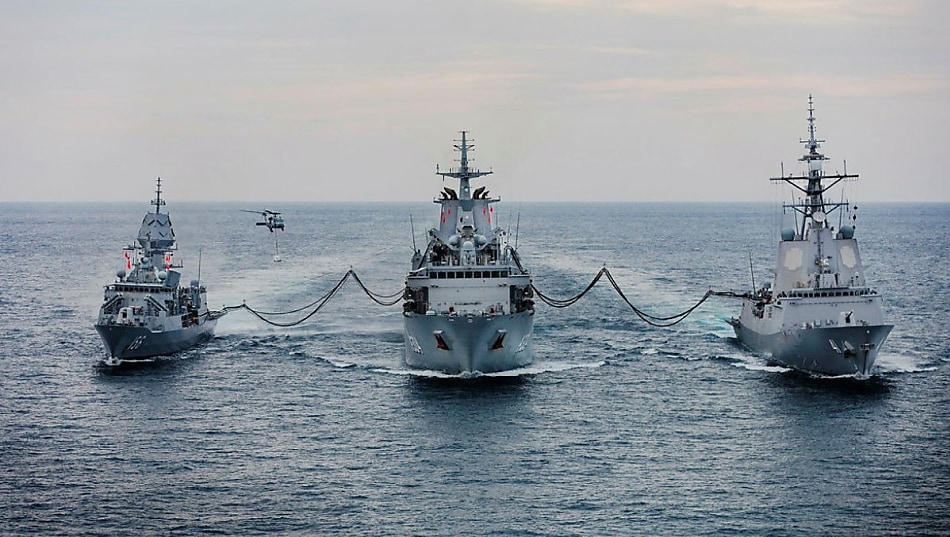USS Delbert D Black concludes brief surge deployment with carrier Ford = By Diana Stancy
The destroyer Delbert D. Black returned to its homeport in Mayport, Florida, Sunday following a three-month surge deployment to support the aircraft carrier Gerald R. Ford carrier strike group.
Delbert D. Black departed Naval Station Mayport on Dec. 1 and joined the Ford in the eastern Mediterranean Sea to bolster deterrence efforts in the region following Hamas’ attack on Israel in October.
The brief underway tested a new concept by U.S. Fleet Forces Command head Adm. Daryl Caudle to bolster deployed strike groups with fresh destroyers and cruisers that the strike group did not initially deploy with.
The Delbert D. Black relieved the destroyers McFaul and Thomas Hudner that originally deployed with the Ford carrier strike group in May, allowing them to head home.
RELATED
Ford and its strike group returned to the states last month.
“The seamless integration of Delbert D. Black into ongoing operations established proof of concept for sustained and continuous combat operations at sea, which [enhances] the surface Navy’s ability to fight and win,” Cmdr. Adam Stein, commanding officer of Delbert D. Black, said in a Navy news release.
While with the Ford, the Delbert D. Black conducted escort, screening, and warfare commander functions with the strike group. Additionally, it integrated with Standing NATO Maritime Group 2 and participated in joint training evolutions with the Italian navy.
“We were ready for anything on this deployment, but still maintained high morale while answering our nation’s call,” Master Chief Keona Johnson, the warship’s command master chief, said in the Navy release. “This crew was able to maximize qualifications and become stronger warfighters.”
The Ford originally got underway from Naval Station Norfolk for its first full-length deployment in May, where it primarily operated in the European theater.
But weeks before its scheduled return, the Pentagon ordered the carrier to head to the eastern Mediterranean amid escalating tensions in the region and to provide support to Israel. Amid concerns of a broader conflict erupting, Defense Secretary Lloyd Austin ordered multiple extensions to the carrier’s deployment.
The Ford finally returned to Norfolk in January, concluding 239 days at sea. The ship is now undergoing a maintenance availability focused on software upgrades and other general touch-ups.
from Blogger https://ift.tt/tQVNW6p
via IFTTT






















